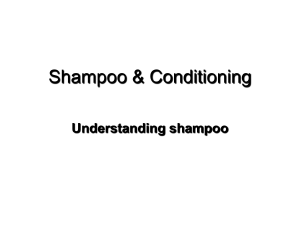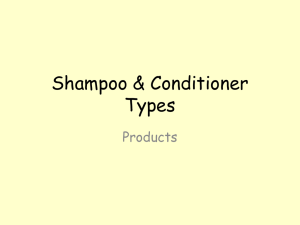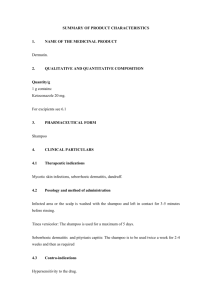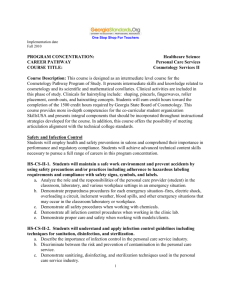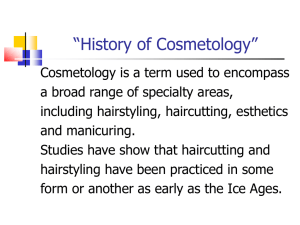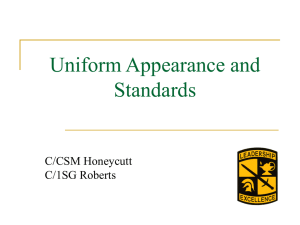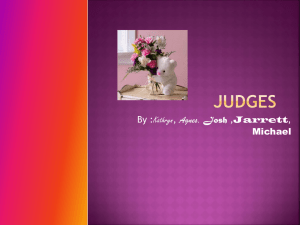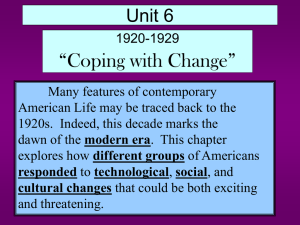SHAMPOO CONDITION AND TREAT THE HAIR AND SCALP
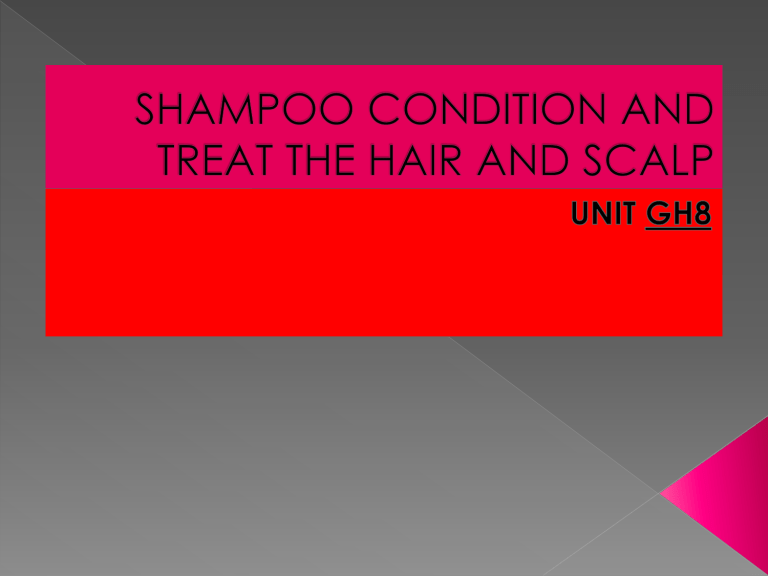
To know the massage techniques and terms and their benefits to clients.
To be able to describe the basic hair structure.
To know the hair and scalp conditions.
What the contraindications are when shampooing and conditioning and how these affect the service.
The control of subsatances hazardous to health.
To know the hazards according to
S TORE
H ANDLE
U SE
D ISPOSE
According to salon policies, manufacturers‘ instructions and local bylaws.
Follow instructions for use
Check all equipment before use
Make sure your hands are dry before using
Switch off mains before connecting or disconnecting
Label it clearly
Remove it if it is possible
Report it
Who do we report it to?
GLOVES
APRON
MASK
GOGGLES
TO PROTECT:
Gloves – to protect us from contracting dermatitis
Apron – to protect our clothes
Mask – to protect from respiratory problems
Goggles – to protect chemicals from entering our eyes
Consultation
Gown and protect with a gown, towel and plastic cape
Position client correctly at the basin
Shampoo and condition
EFFLEURAGE
Gentle stroking movements used to spread shampoo and conditioner throughout the hair.
WORKSHEET 2
ROTARY
Quick small circular movements used to loosen dirt and grit on first shampoo.
Used to cleanse the hair and scalp on second shampoo.
Also stimulates the scalp, blood flow and sebaceous glands.
PETRISSAGE
Slow deep circular movements used when conditioning to stimulate blood flow and sebaceous glands.
The cuticle scales overlap and lie flat from root to point when closed.
So when we are combing the hair it must be in this direction so we don’t damage the hair.
We must consider the density and length of the hair so we can judge how much product we need and also to ensure that all the hair is shampooed and conditioned thoroughly. Usually thick or long hair will take longer to shampoo and condition.
There are 5 different types of scalp conditions.
Can you name them?
OILY
DRY
NORMAL
DANDRUFF AFFECTED
PRODUCT BUILD UP
WORKSHEET 4
Causes
By not shampooing properly
Using the wrong products
The over production of the sebaceous gland
Diet
Sweating
How this affects the process
Use the correct shampoo to remove the natural oils
Repeat the shampooing process
Causes
Naturally dry skin
A chemical process
May have dried the skin
Health problems
Diet
Under production of sebaceous gland
How this affects the process
The product selection
Advise on other services or treatments
Causes
N/A
How this affects the process
The choice of product
Causes
By the overproduction of skin cells (can be oily, or dry flaky skin).
How this affects the process
The choice of product
Advise on other services or products
Causes
The hair may not have been cleansed properly
Too much product applied
Incorrect shampoo used
A high maintenance style
How this affects the process
The choice of product
Repeat shampoo
Advise on more regular shampooing
We will now have a ten minute break.
REMEMBER
Please leave the room quietly.
There are 4 types of hair conditions.
Can you name them?
Chemically damaged
Heat damaged
Environmentally damaged
Product build up
WORKSHEET 5
Cause
Colouring the hair
Lightening the hair
Perming the hair
Relaxing the hair
Cause
By using straighteners or curling irons a lot
Too much heat on the hair from the hairdryer
Cause
By the sun
By the wind
Swimming (chlorine)
Sea water
Cause
By applying too much product
Over use of products
Using the wrong product for hair type
Things that may affect, limit or prohibit the service being carried out.
For shampooing and conditioning these are; skin and scalp disorders and diseases cuts and abrasions product allergies recent scar tissue recent injuries to the treatment area.
Group discussions
In groups of 3 you will now discuss how these may affect the shampoo and conditioning process.
Revise over worksheets and handouts for mini quiz next week.
Have a nice week!!!
